Free camping near me? General Guidelines for Dispersed Camping
Learn about general guidelines for dispersed camping on US Forest Service (USFS) and Bureau of Land Management (BLM) public lands. Learn how to confidently and legally camp in awesome places on public land away from the crowds and noise of campgrounds.
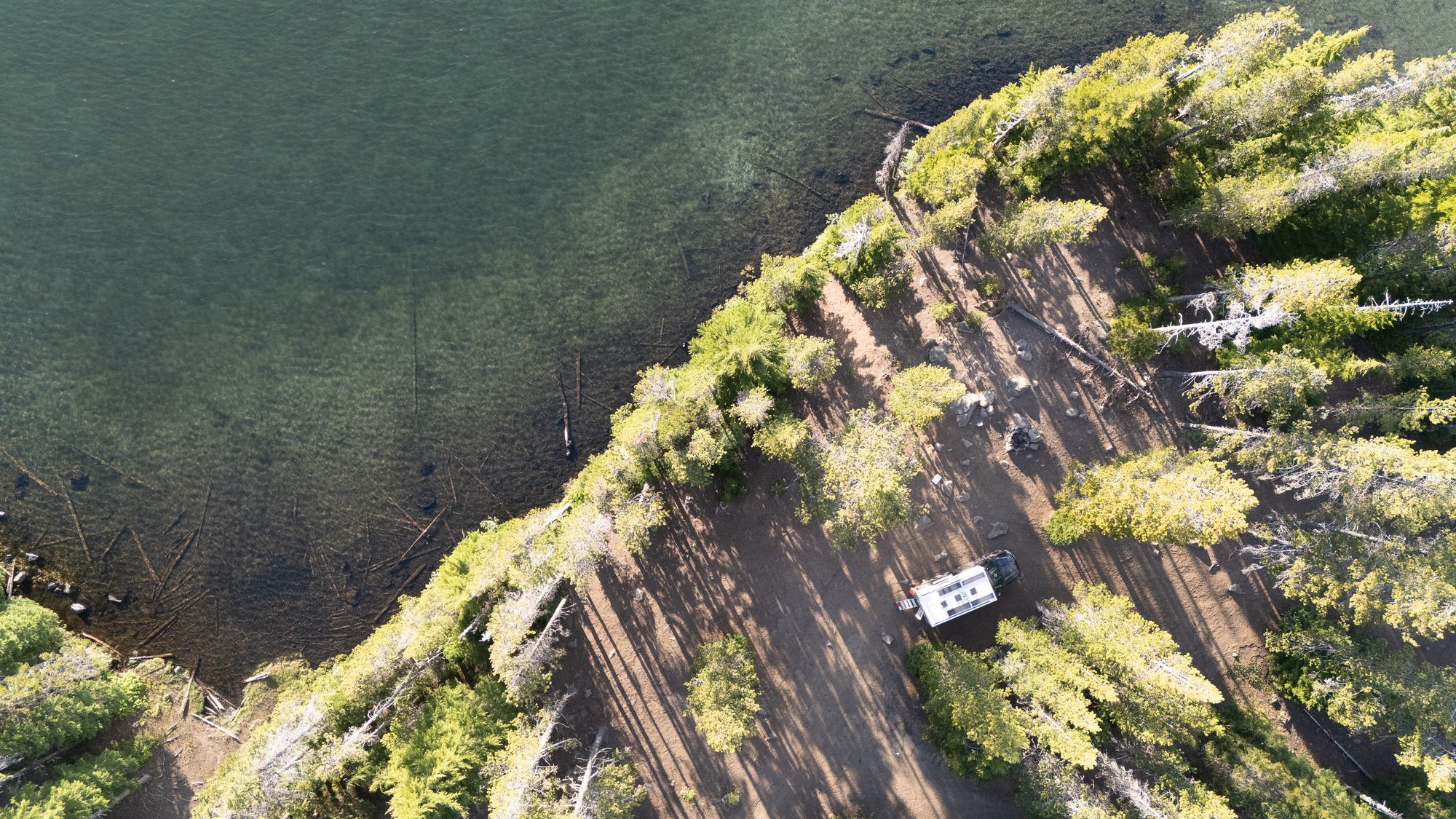
Exploring off-road trails and discovering awesome dispersed campsites are some of my favorite parts of overland travel. I love poring over maps, books, videos, blogs, and talking with people we meet in search of interesting places to explore, play, and camp. For me, the adventure starts before I'm even there with this process of identifying options. Options for where to play - hike, SUP, photograph, etc. And options for where to dispersed camp.
What is dispersed camping?
Dispersed camping is setting up a campsite outside of developed campgrounds or facilities, generally on public land (at least in the US). It's a form of camping often with more solitude, less noise, fewer crowds, and the opportunity to camp in beautiful places in the heat of nature. It's also a form of camping that requires you to be entirely self-sufficient, bringing your shelter, food, water, waste management, etc. Perhaps you've also heard it called "wild camping", "free camping", or "boondocking". It can be a rewarding way to camp, especially with appropriate equipment and knowledge. And a key part of that knowledge is knowing where you're allowed to dispersed camp so that you can do it legally and confidently.
To disperse means to "distribute or spread over a wide area", and dispersed camping similarly means to "distribute or spread campers over a wide area". Think about a campground where perhaps 10 or 100 campsites are located only a few dozen feet apart on a few acres of land. So many users in such a campground heavily impact the natural resources in the area of the campground, requiring things like paved roads, fire rings, bathrooms, fences, firewood collecting restrictions, etc. Without these improvements, the area would quickly become damaged or destroyed.
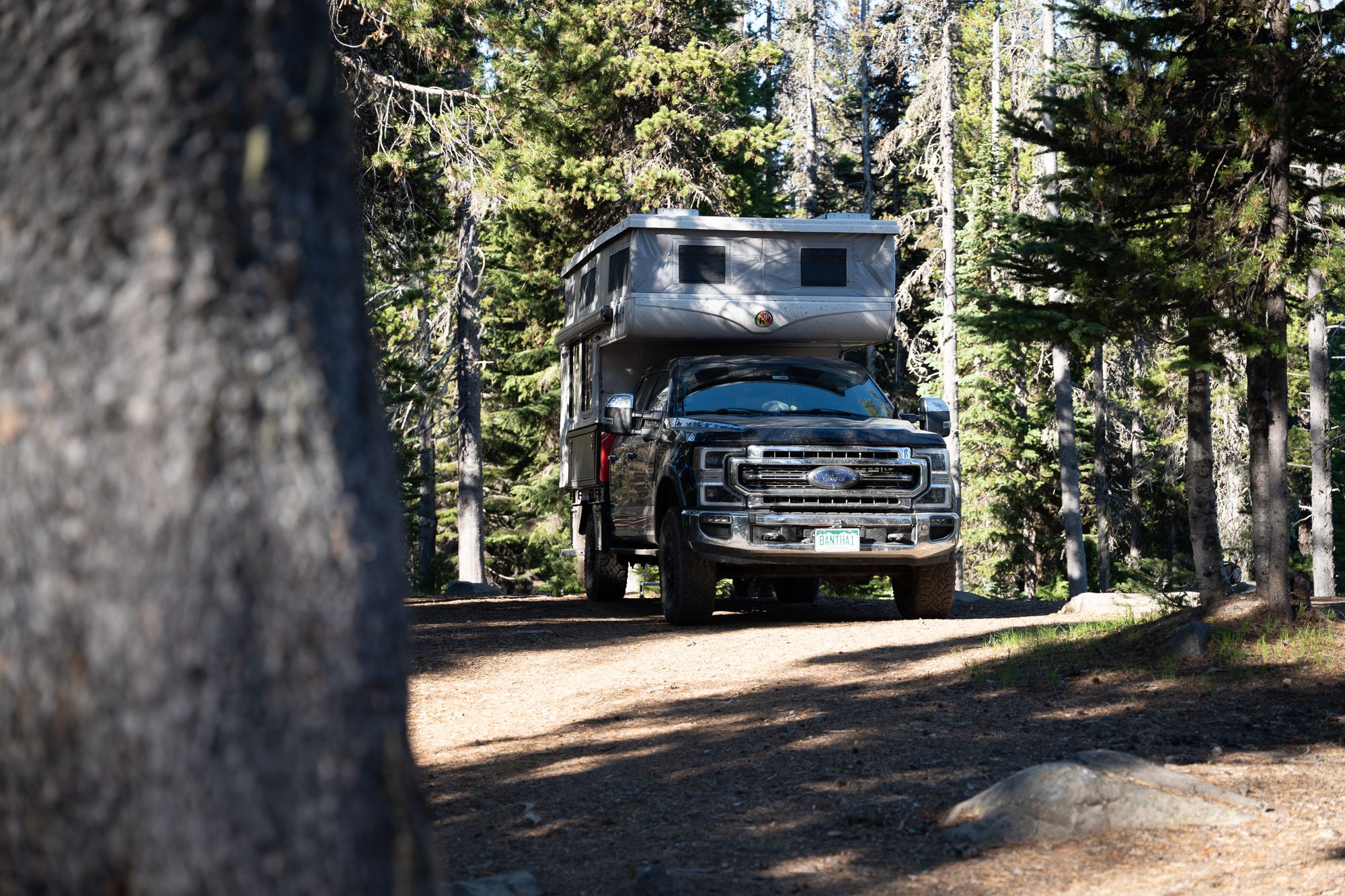
Dispersed camping is an opportunity to spread these users over a much larger area, spreading out the impact and also likely having each site used less frequently and causing less overall site-specific impacts. Imagine those same 100 campsite users spread over 50 miles of forest roads and 55,000 acres which are the stats from an area I like to dispersed camp near home. There are likely 100s if not 1000s of dispersed campsites in that area.
Why dispersed camping guidelines matter?
These days, we almost always dispersed camp. However, when we were first getting started I remember quite a few stressful situations where we were the sites we found were already occupied or we weren't sure if we were allowed to camp at a certain site. And since then, I've seen situations where resources are being overused or overimpacted being at risk of being closed or restricted to designated sites. For all these reasons, I thought it might be helpful to share some "general guidelines" for dispersed camping. These are the guidelines I use instead of having more specific information from a website, local ranger office, or local signs.
What are general dispersed camping guidelines?
The following dispersed camping guidelines are generally applicable to federally managed public lands in the United States, largely in the US Forest Service or Bureau of Land Management land. There are cases where local regulations are different from these guidelines in a particular ranger district or location. Regulations may vary based on factors such as the amount of visitation and use or the specific concerns of an area such as balancing use between humans and animals or protecting fragile wetlands.
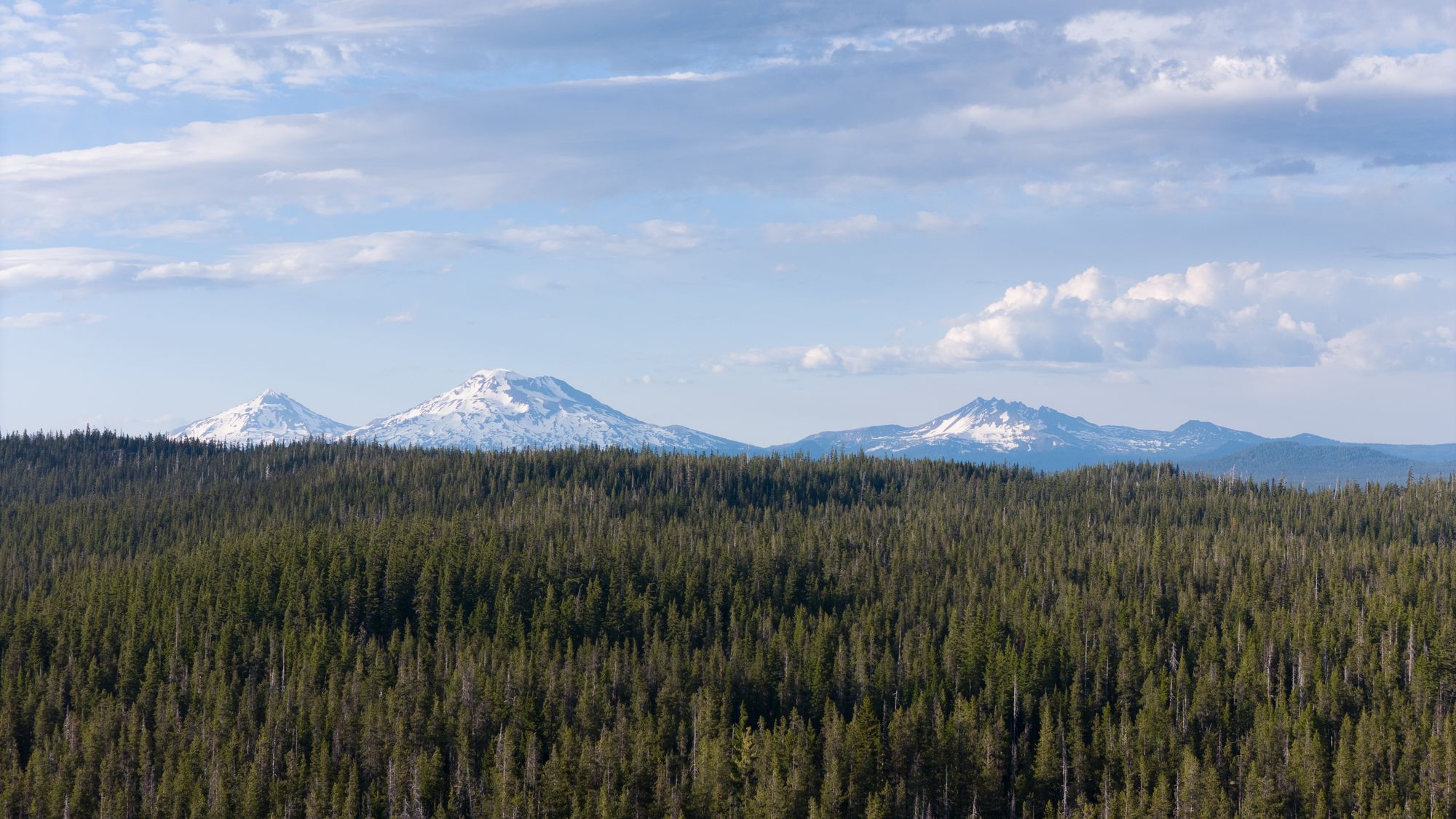

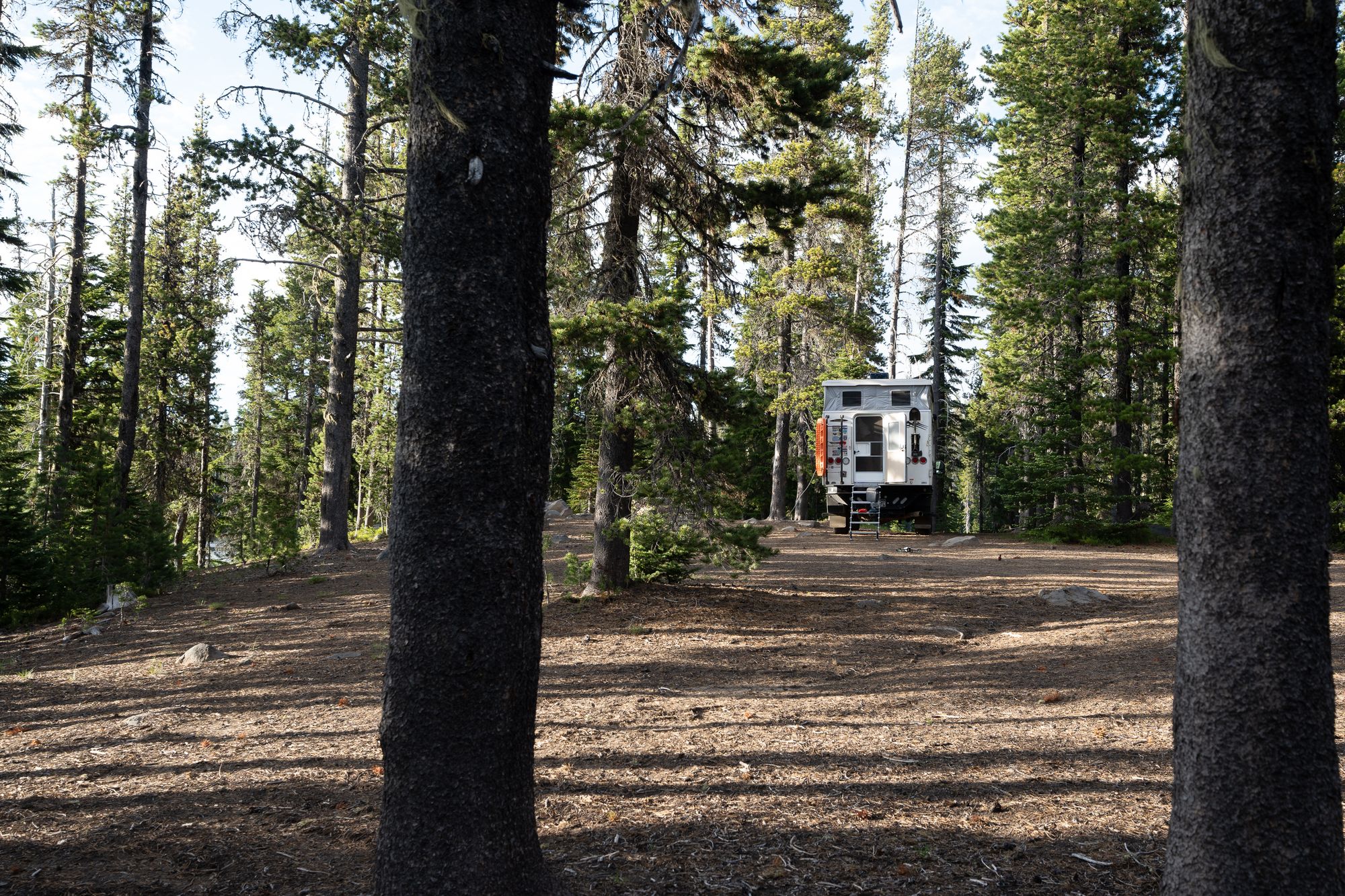
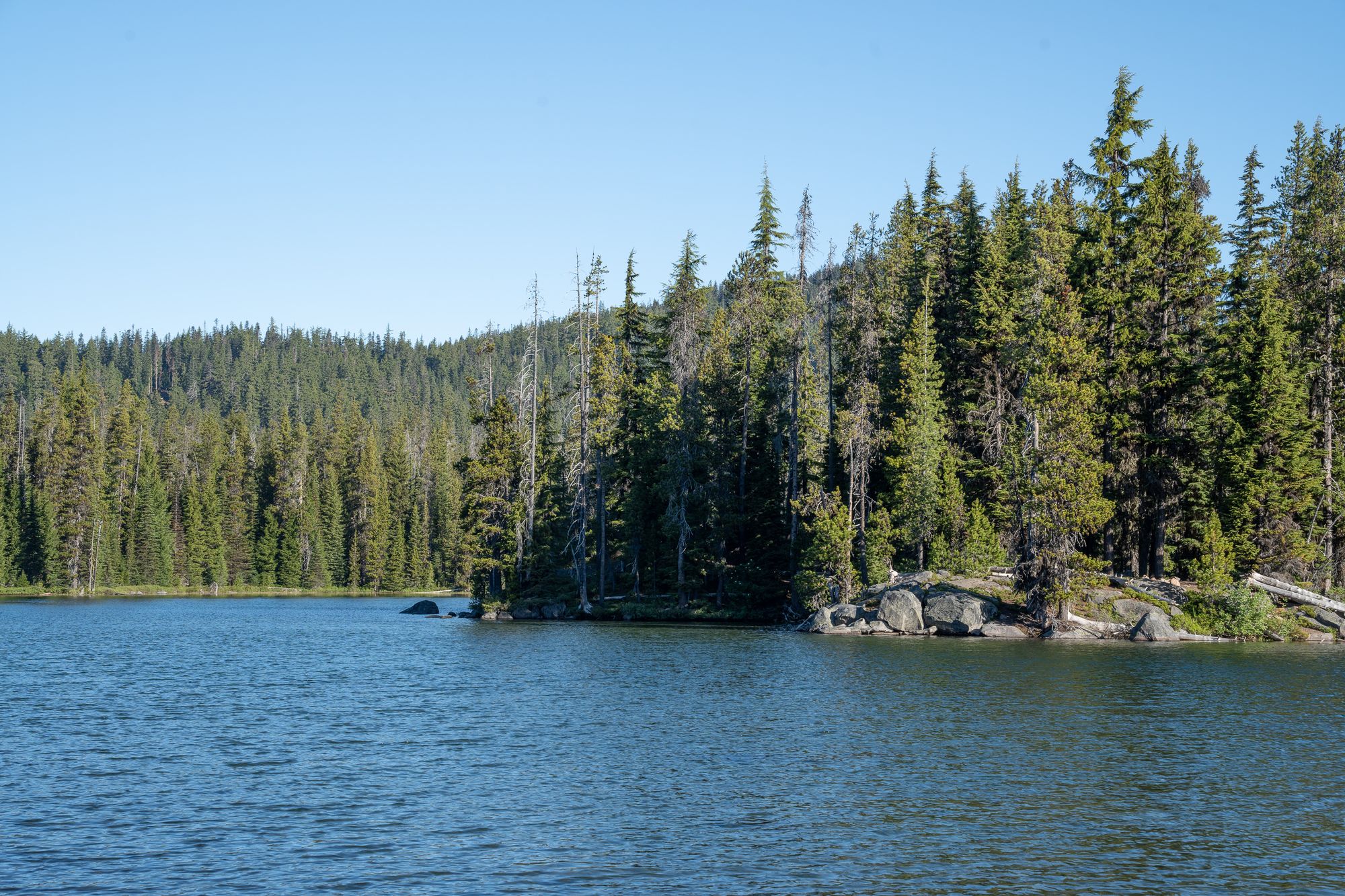
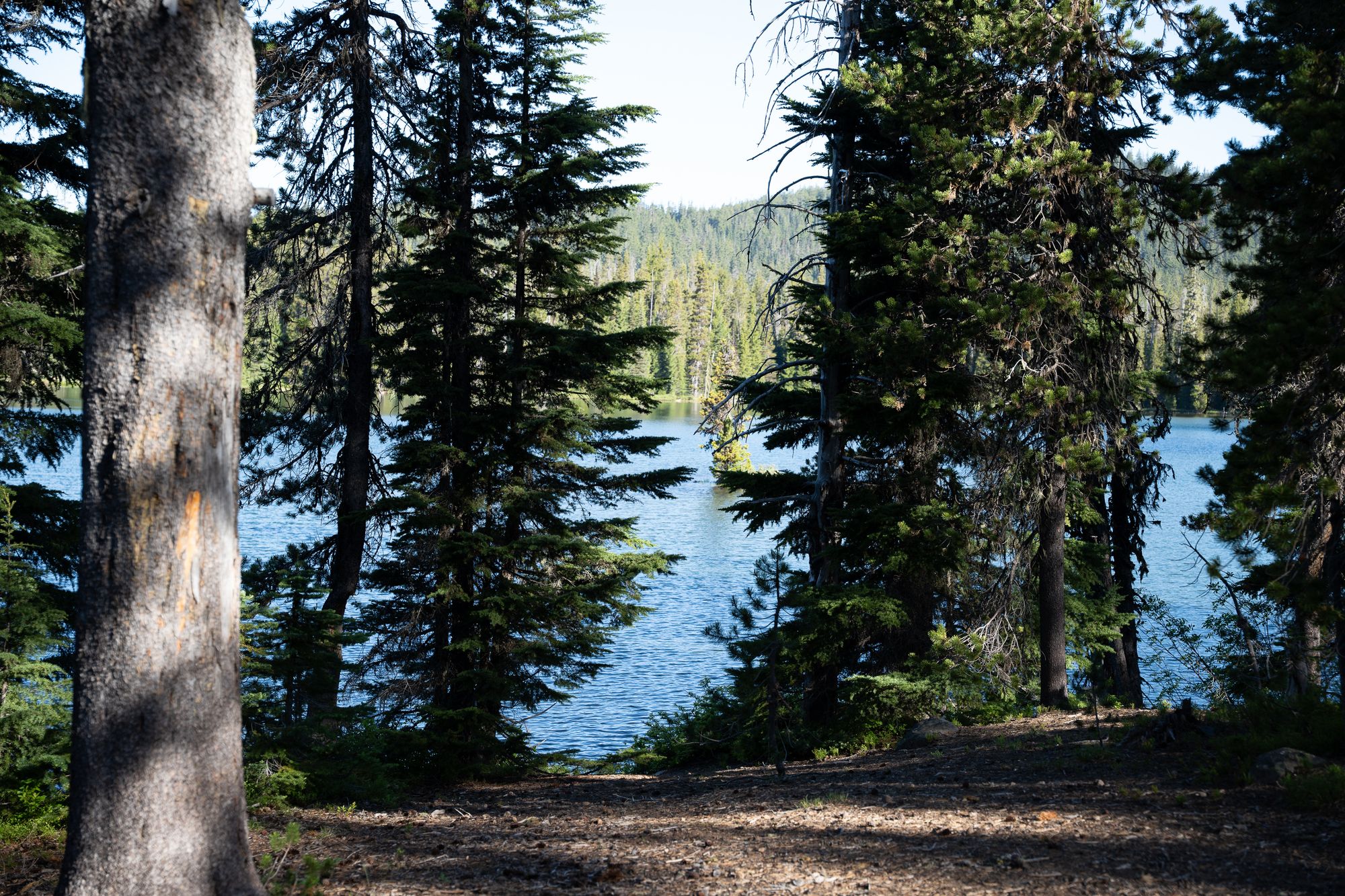
A recent dispersed campsite in the Cascade Mountains of Oregon
- Vehicle travel for the express purpose of dispersed camping is generally allowed within 100 - 300 feet of roads designated for dispersed camping (roads that are on the official USFS or BLM map). That means that if you see a spur road that's not on the map and it's within 300 feet of the road on the map, it's probably ok to drive down that road to dispersed camp. But it's not ok to drive down that road to do donuts or drive off the spur road. For USFS roads, Motor Vehicle Use Maps (MVUM) (example) are the official resource showing where dispersed camping is and isn't allowed (we'll be covering MVUM usage and tips in much more detail in future posts).
- Prefer established spur roads, campsites, and fire rings. If a site is already occupied, search for a nearby site. In rare cases where there are no established sites, it's ok to establish a new site. For example, on a recent trip were were in an area with no established sites within a 30-mile corridor so we established a new site, following the other guidelines listed here.
- Follow fire restrictions, seasonal road closures, and area-specific regulations and signs as posted in the area and online (example). For USFS roads, Motor Vehicle Use Maps also show seasonal closure dates. You might also encounter other closures or restrictions due to trail damage, ongoing projects, fire dangers, etc which are posted as Forest Orders on USFS websites (example).
- Bring everything you need (shelter, food, water, waste management, etc).
- Don’t dispersed camp on private land unless you have approval, within 1/4 mile of recreation sites (campgrounds, trailheads, etc), within ~100-200 feet of fresh water (rivers, lakes).
- Don't camp in the same site for more than ~2 weeks without moving 5 or more miles to a new site.
- Be a good neighbor. Leave some space between your site and other camper's sites. Be mindful of noise (including music and pets) and light, especially after sunset and before sunrise when your neighbors might be sleeping. Also, be an awesome neighbor and use portable power or solar instead of a generator. And say hi - maybe you'll make a new friend.
- Follow TreadLightly! Overlanding Tips while driving and camping. These are some great additional tips for driving to camp and while camping to help balance usage with protecting resources.
I hope these guidelines help you to have more confidence and enjoyment when dispersed camping.
See you out there,
-Adam
This post is part of a series sharing practices and tips for awesome dispersed camping. Future posts and videos will explore how to put these guidelines into practice through real examples and stories from our travels. Sign up to be notified and follow along.
